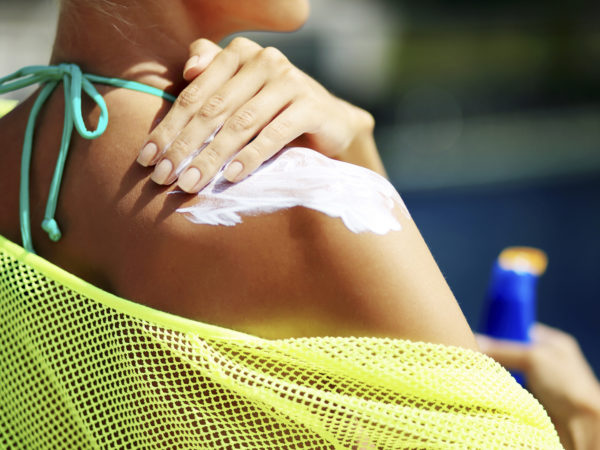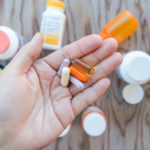How To Make Sure Sunscreen Works

A significant problem with sunscreen is that most people don’t apply it as directed. Researchers at the UK’s King’s College London found that sunscreen with an SPF (sun protection factor) of 50 will provide only 40 percent of the protection you expect if you apply it the typical way – a thin smear that often misses big patches of skin. The investigators tested sunscreen effectiveness on two groups of fair-skinned volunteers. One group was exposed to ultraviolet radiation (UVR) to simulate sunlight while using high-SPF sunscreen in varying thickness on small areas of skin. Those in the other group were exposed to intermittent ultraviolet radiation (also on small areas of skin) for five consecutive days, mimicking the amount of exposure they would get while vacationing in Florida, Brazil or Tenerife in the Canary Islands. Biopsies showed DNA damage to areas of skin exposed to UVR without sunscreen. DNA damage in the other group was less pronounced depending on how much sunscreen had been applied. The damage was lowest with the most generous (thickest) applications of sunscreen. (In all cases, for ethical reasons the UVA exposure wasn’t strong enough to cause sunburn.) The solution? The researchers recommend using sunscreen with a much higher SPF than you think is necessary to make up for less than optimal application.
My take? The British researchers’ advice to use products with a higher SPF than you typically use and apply it liberally is worth heeding but given that most people don’t apply adequate amounts of sunscreen, it’s important to protect your skin in other ways. My recommendations: stay out of the sun between 10 a.m. and 2 p.m. from April through September; take special precautions on beaches, near reflective bodies of water, at high altitudes and low latitudes; wear a hat with a wide brim and sunglasses that block at least 99 percent of UVA and UVB radiation. To help ensure you’re getting enough sunlight to provide adequate stimulation of vitamin D synthesis, spend 15 minutes or so in sunlight without protection several days a week.
Source:
Antony Young et al, “Sub-optimal Application of a High SPF Sunscreen Prevents Epidermal DNA Damage in Vivo.” Acta Dermato Venereologica, July 24, 2018; DOI: 10.2340/00015555-2992
Also in this week’s bulletin:
- A Daily Aspirin To Cut Cancer Risk
- Better Blood Pressure Control = Less Dementia
- Recipe: Barley Salad for a light and refreshing lunch!











